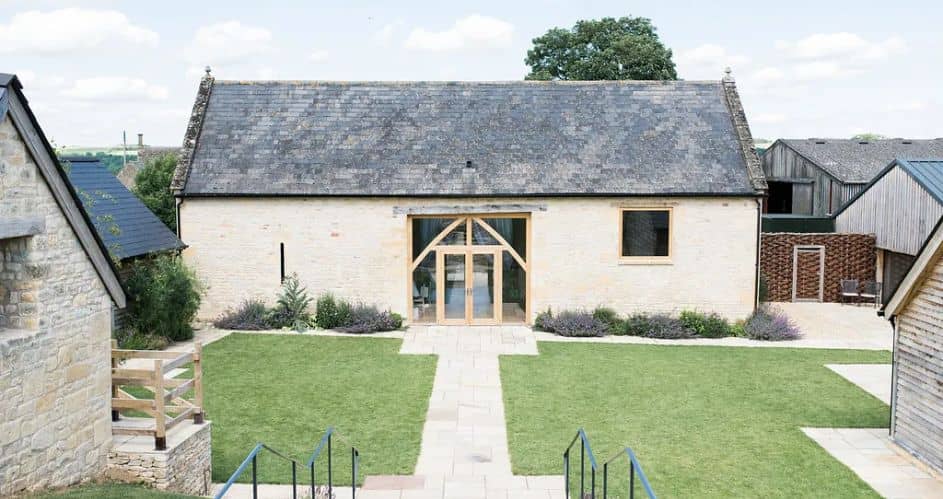
Barn conversions have become a captivating trend in the world of architecture and real estate, breathing new life into historic structures while preserving their rich heritage.
These unique transformations offer a blend of rustic charm and modern living, creating homes that are both functional and visually stunning.
In this article, we’ll explore the enchanting world of barn conversions, showcasing the beauty, versatility, and considerations associated with turning these age-old structures into contemporary residences.
Honoring the Past: The Essence of Barn Conversions
Barn conversion is more than just a renovation; it’s a journey through time, a process that pays homage to the past while embracing the future. Here are some key aspects that make barn conversions a distinctive choice:
Architectural Grandeur:
Barns often feature impressive timber frames, high vaulted ceilings, and large open spaces. These architectural elements serve as the foundation for unique and spacious homes.
Heritage Preservation:
Converting a barn means repurposing a piece of history. Many barn owners take pride in preserving the character of the original structure while incorporating modern comforts.
Natural Surroundings:
Barns are typically found in rural settings, offering breathtaking views and a peaceful environment that’s hard to replicate.
The Transformation Process: From Barn to Home
A successful barn conversion involves meticulous planning and execution. Here are the key steps to consider:
Structural Assessment:
The first step is assessing the structural integrity of the barn. This includes examining the foundation, roof, and supporting beams. Any necessary repairs or reinforcements are made during this stage.
Design and Layout:
Designing the interior layout is crucial to make the space functional for modern living. This often includes creating rooms, adding windows for natural light, and incorporating heating, plumbing, and insulation.
Permitting and Regulations:
Depending on your location, there may be zoning and permitting requirements that must be adhered to. It’s essential to navigate these regulations to ensure a smooth conversion.
Interior Design:
Choosing the right interior design elements is key to achieving the desired aesthetic. Many barn conversions feature a harmonious blend of rustic and contemporary styles.
Utilities and Amenities:
Bringing modern utilities and amenities to the barn is essential for comfortable living. This includes electrical wiring, plumbing, and HVAC systems.
Benefits of Barn Conversions
Barn conversions offer a multitude of benefits, making them an appealing choice for those seeking a unique living experience:
Character and Charm:
Barns exude character and charm that are difficult to replicate in newly built homes.
Spacious Living:
The open layouts of barns provide spacious living areas, making them perfect for families and entertaining.
Connection to Nature:
Barns are often situated in picturesque locations, allowing residents to connect with nature and enjoy serene surroundings.
Heritage Preservation:
Barn conversions preserve architectural heritage and contribute to the conservation of historic structures.
In conclusion, barn conversions are a testament to the beauty of blending the old with the new. They offer homeowners a chance to live in a unique space filled with character and history while enjoying modern comforts.
The process of transforming a barn into a home is a rewarding journey that not only revitalizes heritage but also creates exceptional living spaces that stand as a testament to the enduring beauty of barn conversions.